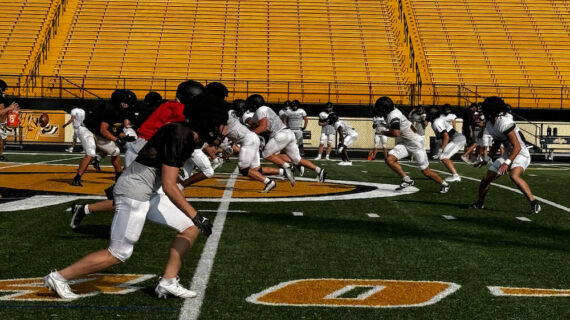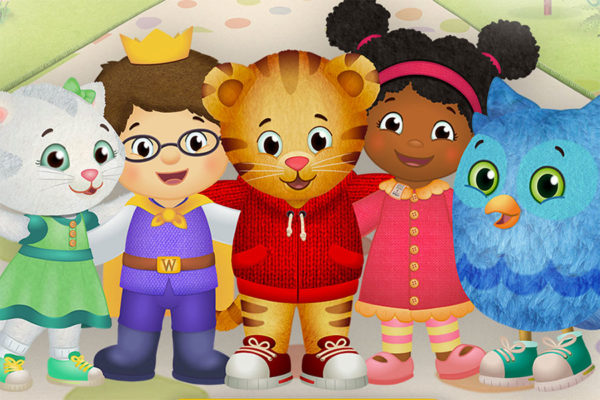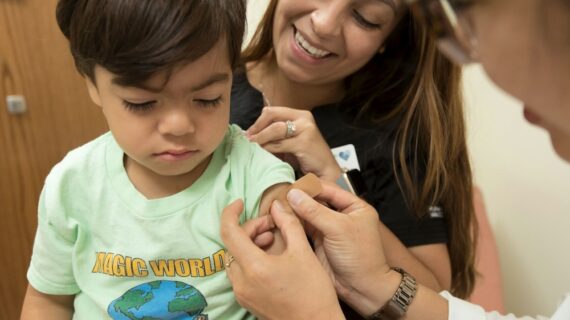
The Montessori experience in Pittsburgh: Hands-on learning, community and more
Photo above courtesy of KDKA.
What do Taylor Swift, George Clooney, Julia Child, Yo-Yo Ma, Google co-founder Larry Page, and Amazon’s founder Jeff Bezos all have in common? They all attended Montessori Schools when they were children.
At Montessori Children’s Community school in Sewickley, the Montessori philosophy is in action with about 75 students – most in preschool and kindergarten, but about two dozen in elementary through middle school.
The classrooms look and feel different from a traditional school– no desks, no white boards. Instead, there are shelves and shelves of child-sized learning materials.
“They teach us,” says third-grader Sofia Ariana, “but in fun ways to learn.”
Cathy Rohrer has taught the Montessori method for 15 years. At the school in Sewickley, she’s teaching elementary school-aged kids math using hands-on materials like wooden tools that adjust to form different angles to teach geometry.
Hands-on learning is a key component of Montessori.
Another key component is encouraging kids’ natural curiosity, giving them the freedom and time to delve deeper into what interests them.
Rohrer says the students are encouraged to think about questions like: What do I want to explore? Is there something in here that I can take further? Do I have time to do that? Can I do that with a friend? Should I do it at a table or can I do it at the rug? Do I need to get up and move my body?
“They have a lot of autonomy,” she says.
Maria Montessori, a physician and educator, developed the teaching method in Italy more than 100 years ago.
Here in Pittsburgh, Montessori’s teaching plays out in a variety of ways. For four weeks of the year, middle school students at the school in Sewickley live in a house on the property. This experience teaches them about living independently. In addition, the students run their own shop, selling things like candles and soaps they make.
School Head Terri Modic says teachers try to use the local community in lessons.
“If you study chemistry, they would study the river water. When you study architecture, they would study the bridges. When they study early Americans, they’re studying Indians that settle in this valley,” Modic says.
Another key component of Montessori is multiple grades grouped together in a classroom.
“I think it’s useful for younger grade levels to be able to look up to older grades and when you’re in the older grades, to be an example for younger grades,” says eighth-grader Evan Wood, who’s been in a Montessori school for most of his schooling.
The students also complete their work at their own pace, beginning to learn independence and responsibility for their own schoolwork. Sometimes, it looks more like fun and games than schoolwork, but Montessori advocates say that’s part of what makes it successful. The kids enjoy learning about academics and each other.
“They learn how to be with each other — how to take care of each other in the classroom,” Rohrer says. “It’s an expectation when they go out into the world that this is how we are with each other. They feel very connected because all of the things that we teach are very connected.”
Students at Montessori schools are required to take the same standardized tests as students in public schools, and the Montessori Children’s Community school in Sewickley says their students regularly score higher than average.
There are at least 60,000 Montessori schools around the world. In the Pittsburgh area, there are about a dozen – some that go through middle school and some that are preschool and kindergarten only.
For more information on Montessori Children’s Community school, visit their website. And for more on the Montessori philosophy, click here.










